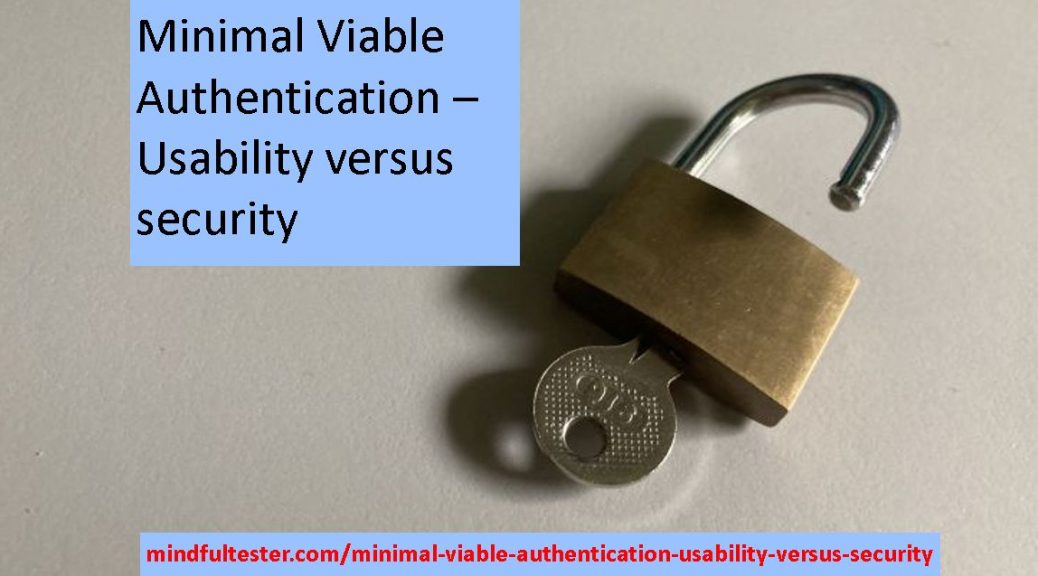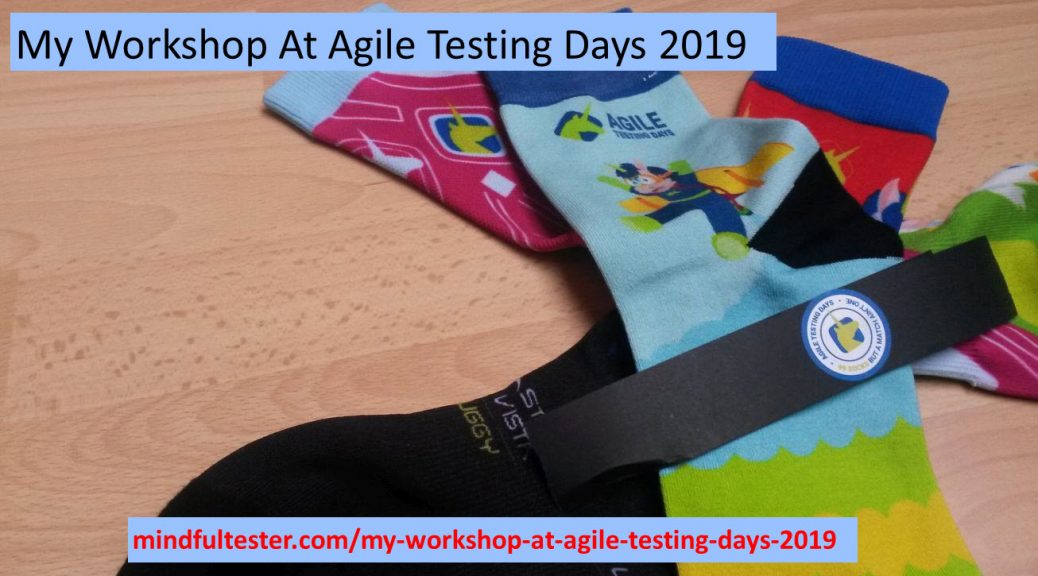In the previous blog post System 1 and System 2 were introduced.
For the fast observations System 1 is used in most cases. This way of thinking provides fast, almost effortless way to digest information. Like walking to a cinema.
For the thoughtful observations System 2 is used. An example is choosing which movie to watch in a cinema.
There was a focus on System 1 in the previous episode. In this episode I will turn your attention to System 2. And how this system might lead to other test ideas.
Supporting System 2
Categorising
During my regular visit to the web site, I was welcomed with a cookie banner. My first thought was to reduce the number of cookies to an absolute minimum. Of, course I could accept all cookies. But I pressed the Options button. Three groups of cookies were presented.
Each group of cookies had an explanation and a radio box for selection. I only chose the necessary cookies. The text was shown in agreeable font size, so i did not have to pinch my eyes to read it.
Then I had to look to the buttons. The button to accept all the cookies was in the right lower corner. The Save and Exit button was left to it. I pressed the button and was ready to use the web site.
“Categorised cookies, a simple explainer,
no scrolling needed, a normal sized font size.
These are a few of my favourite things.”
(On the melody of “My favorite things”)
Pondering
It was time for a new headset for my PC. I had already done my homework: I found a good headset. I only had to buy it.
After clicking on the link in my notes, the web page with the right product was shown in my browser. I added it to my shopping cart and opened the order form with the usual questions.
Yes, I would like the headset be delivered to my home address. And I was home on the first suggested date. Of course, I wanted to enter some numbers from my gift cards.
Now I only needed to pay. I chose the cheapest option. Sorry, I am Dutch.
In short, I had to answer some questions and there were some good suggestions from the web site. Thanks for the support.
Knowledge about System 2 in good hands
A well-designed program simplifies the choices of the user. It reduces the time to make an informed decision.
Abusing System 2
Micro selecting
In my never-ending quest for information, I encountered a new cookie banner. I like to minimise the number of my cookies, so I wanted to change the settings. A dialog opened for my eyes.
While l tried to get an overview, I had to scroll down. There were about 9 groups of cookies. The categories looked almost identical. The selection of the permission was represented by a circle in the left side of some ellipse. It looked nice, but we do not use these switches in the Netherlands.
Now I had a screen reader installed for accessibility testing. This program tells what is happening on screen. I pressed the switch and heard that it was switched on. I did not like it. Another press let my screen reader announce that the switch was off.
“Scrolling down, another switch,
‘Legitimate interest’,
based on some law, which I don’t know.
Keep me safe, privacy laws“
(On the melody of the chorus of “Take Me Home, Country Roads”)
But wait, there was more. There was a link for vendor information. After a click, I saw every single vendor with 1 or 2 switches. And the font size on the cookie banner was smaller than the font size on the web page.
This was an overwhelming experience for me. And it was not clear which options led to which consequences for me.
“Individual cookies, enormous explainer,
a scrollbar required, a small sized font size
These are a few of my dislikeable things.”
(On the melody of “My favorite things”)
Knowledge about System 2 in bad hands
Nowadays it is impossible to use programs or web sites without making choices. An abundant number of options may strike fear.
“When System 2 rules, when the user thinks,
when anxiety grows,
there were too many choices to be made
and an increasing fear.”
(On the melody of “My favorite things”)
To be continued

